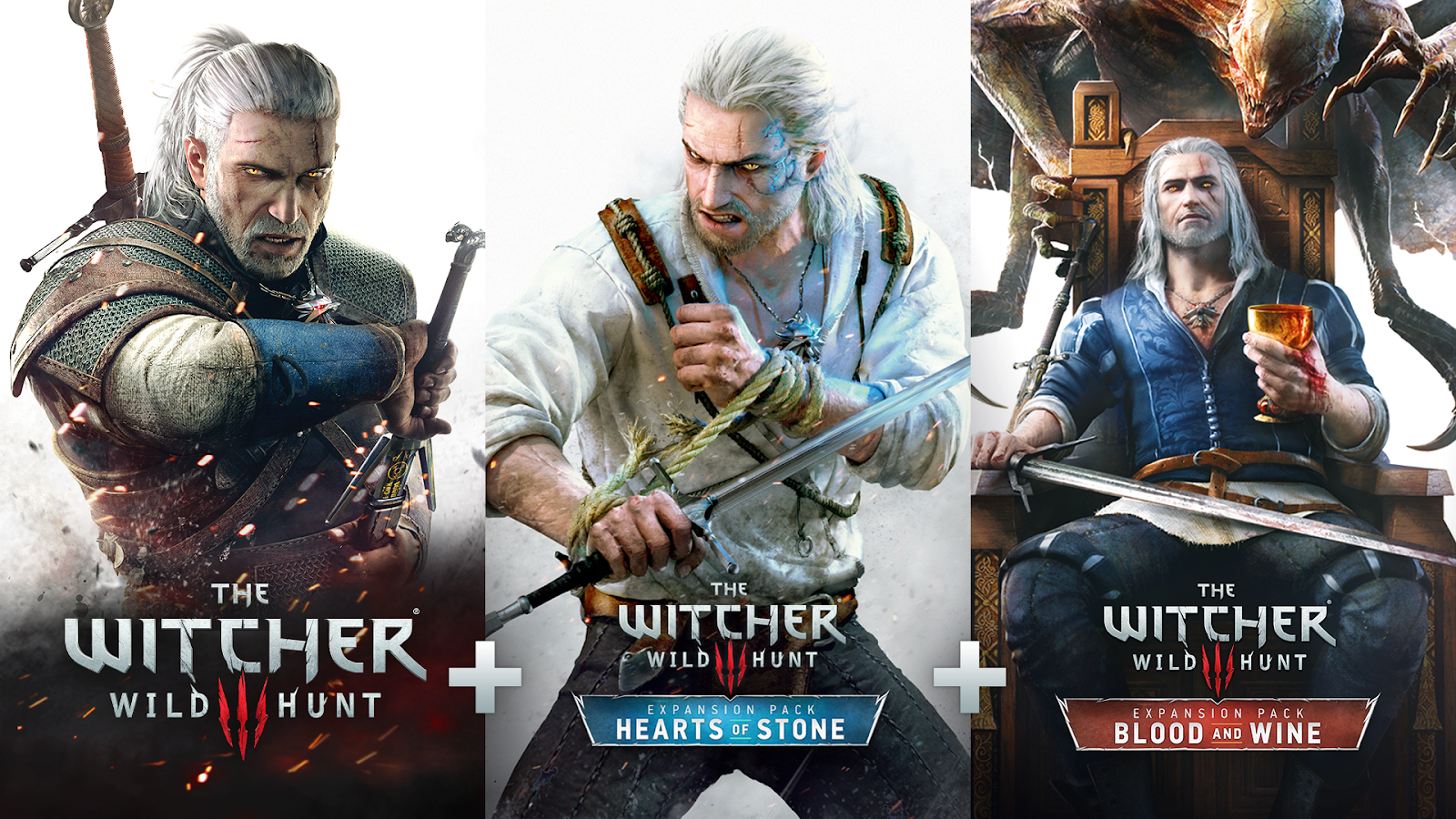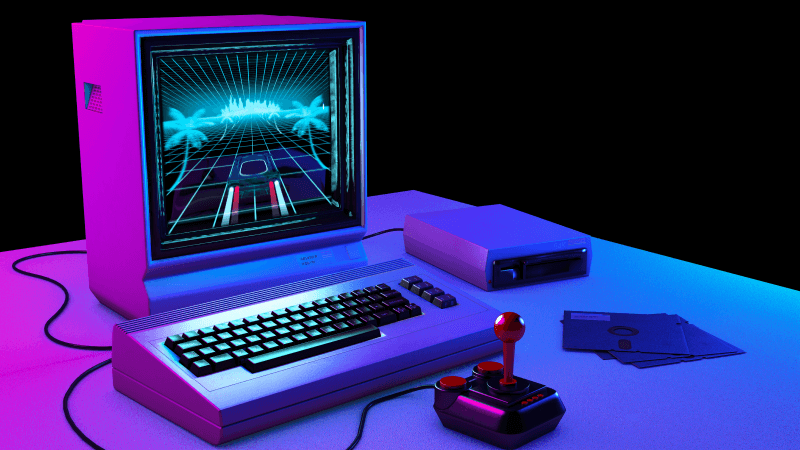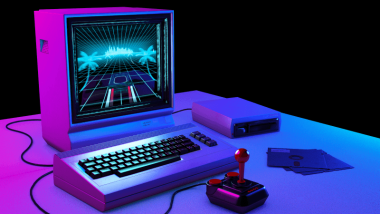As the age of standing in endless lines on the launch of your most anticipated game dwindled and faded, a new digital era crept into our lives.
Nowadays, we don't need to run to the local gaming store to buy a fresh copy of the game we waited for so eagerly. 99% of purchases done in the gaming world are digital, made in a few seconds from the comfort of your sofa or gaming chair. We can even pre-order and pre-download the game to get into it the second after the official launch.
Developers and publishers quickly understood the magnitude of this new age of digital game distribution. It opened up countless possibilities for them. Digital distribution platforms like Steam allowed indie developers to reach a wider audience, stay independent for a longer time or even create their own studios and fulfil their dreams of becoming successful game developers. More prominent players on the market realised they could save money on the logistics of delivering the game's physical copy to the player — no more printing CDs. Just upload the game to Steam and start collecting money.
All of that came with the cost of huge platform fees. But these costs were smaller at the time, especially compared to delivering physical copies of the game to brick-and-mortar shops.
Even though collector's editions with all the goodies were still sold physically, developers stopped placing the disc inside and just provided a Steam key. Steam's fees for publishing games on the platform were laughable compared to complicated logistics and CD printing costs.
But as the Steam fees grew, developers realised they were trapped in this new system. Now they had to earn a lot more to cover the 30% Steam commissions and digital distribution taxes.
Decisions made back then shaped the gaming industry that we see today. Let's explore a few examples and see how it changed and what it offers.
Free-to-play: outperforming the industry giants
The only free cheese is in the mouse trap. Right? Well, in the case of gaming, it's more complicated than that. After years of psychological and market research, some developers realised free-to-play games could be more profitable than single-purchase projects.
A successful free-to-play game needs to look like a AAA project, offer a multiplayer experience and have a sound basis for customisation. This formula came with a few new challenges. The team has to release updates constantly and keep working on the project for years. Hence the term "live service game" was coined. New skins, heroes, maps and mechanics had to be added monthly or quarterly to keep the project alive and gamers satisfied.
People embraced the first projects of this kind. What could be better than playing a free game with friends and other gamers? Good graphics, gripping and competitive gameplay, community, thought-out mechanics, etc. Most of these projects ticked all the boxes. People were grateful and didn't hesitate to press that "store" button and buy a few skins or loot boxes.
If developers made those purchases purely cosmetical and didn't mess with the gameplay and the competitive elements of the game, people didn't mind it. The desire to stand out and have a flashier appearance drove sales above expectations. People started buying like crazy, and some f2p games outperformed the largest AAA projects. This situation created a continuous income stream for some developers allowing them to grow, expand and fund new projects as long as the games remained fair and free from pay-to-win mechanics. Here are a few examples of a perfectly executed f2p games:

Apex Legends from EA games studio Respawn Entertainment set the bar high for f2p shooters. Fluid mechanics, outstanding performance even on old systems, constant updates, flashy characters and weapons. All this tickles the spot to make you dump endless hours into the game. Why not buy a couple of skins for your favourite characters as a little thank gesture to the developers?
Dota 2 from Valve is a juggernaut of f2p esports. Free game with millions of active players, nothing hidden behind the paywall, and outstanding quality. What else do you need?
Easy and seamless monetization for your free-to-play project
Full-price single purchase games: forced to raise prices
Full-price games hang on, even with the emergence of free-to-play projects. Without the luxury of being launched in early access and updated later, premium games had to be released like shiny new sports cars - highly praised and desired by millions.
Launching a product like that often involves vast teams of industry veterans working tirelessly for several years, astronomical marketing expenses and enormous dedication to the project, without any guarantee of financial success. Nonetheless, plenty of successful studios sell millions of game copies without a hint of f2p monetization mechanics. They value their relationship with their players and, most of the time, do everything to sweeten the deal by releasing updates and DLCs. Let’s have a look at a few examples:
- Witcher 3 is an excellent example of a perfect AAA project. Great production, attention to every detail and well-executed marketing. It was a 60$ masterpiece that offered players over 90+hours of fun. Not to mention that both 30$ expansions added approximately the same hour count of high-quality entertainment.
- Red Dead Redemption 2 from Rockstar Games followed a similar formula with an over 200 million budget and created one of the best games in the industry's history. Actually, the formula itself was introduced and polished to perfection in Rockstar's GTA series.
- Dying Light 2 from another Polish studio Techalnd combined parkour mechanics with a gripping story, incredible visuals and bloody zombie-killing action. Highly praised by critics and players alike.

Besides those juggernauts, with budgets exceeding 100-200 million dollars, the industry knows countless examples of smaller teams working with low budgets and creating amazing games sold in millions.
The key takeaway is that single-purchase games are still alive and kicking, but to succeed, they need to pour in more resources compared to f2p games. With the fees that the likes of Steam and EGS have, developers are forced to raise prices for their products by up to 30%, which is met with frowns from the player base. That's why developers are looking for alternative ways to sell games and earn more.
Distribute your game without 30% platform fees
Full-price games with added in-game monetization: best of both worlds?
When developers create a full-price game project, they need to be sure it will repay the development and marketing costs and make a profit for the company. There are several ways developers can predict that, mostly by monitoring the pre-orders and wish lists on Steam and other platforms. Sometimes the prediction shows that the sales might not be enough to cover development costs. Or they have a vision for the game to be played for years to come (if it's a multiplayer project). At this point, developers and publishers might decide to create an additional source of income and add microtransactions into a full-price game.
These can range from simple in-game stores with skins to loot boxes and even pay-to-win mechanics. Needless to say, these games walk a thin line in the eyes of consumers. People are used to a dual model: you either play a f2p game and decide for yourself if you want to buy anything from the in-game store, or you spend your hard-earned cash to buy a premium game for 70$. It won't be easy to convince the players to do both.
- Middle Earth: Shadow of War was the second instalment in the series. Monolith productions created a gripping story with incredible nemesis mechanics, which they, sadly, decided to patent. As if this wasn’t enough, they added an in-game store in a 60$ game. However, the store didn’t live for long Monolith removed microtransactions after a backlash from the community.
- Assassins Creed Valhalla offered gamers hours of open-world content and IP highly praised in the gaming world. Adding the in-game store was met with community uproar. Nevertheless, Ubisoft decided to keep the store and add more paid content.
Most examples show a negative reaction from the players. Projects of this kind might not live for a long time. A few successful projects are using this model, but it takes a lot of work to support them. The teams can't make any mistakes: the quality should always be top notch and the in-game purchases should be fair, valuable and worth the buy.

Equip your game with native monetization tools!
Conclusion
These examples are products of an age when a handful of platforms monopolized game distribution. The only intuitive reaction for the developers is to look for ways to self-publish, self-distribute and gain more financial independence.
And as fast as digital distribution changed the gaming world forever, projects like 1D3 are stepping into the game to change it even further. The main goal is to diversify the market, make developers more independent and let them earn more from their hard work.
Self-publishing can help hold down the game prices, restrain aggressive monetization models and make gaming more accessible in developing regions of the world. The future of gaming never looked so bright!








